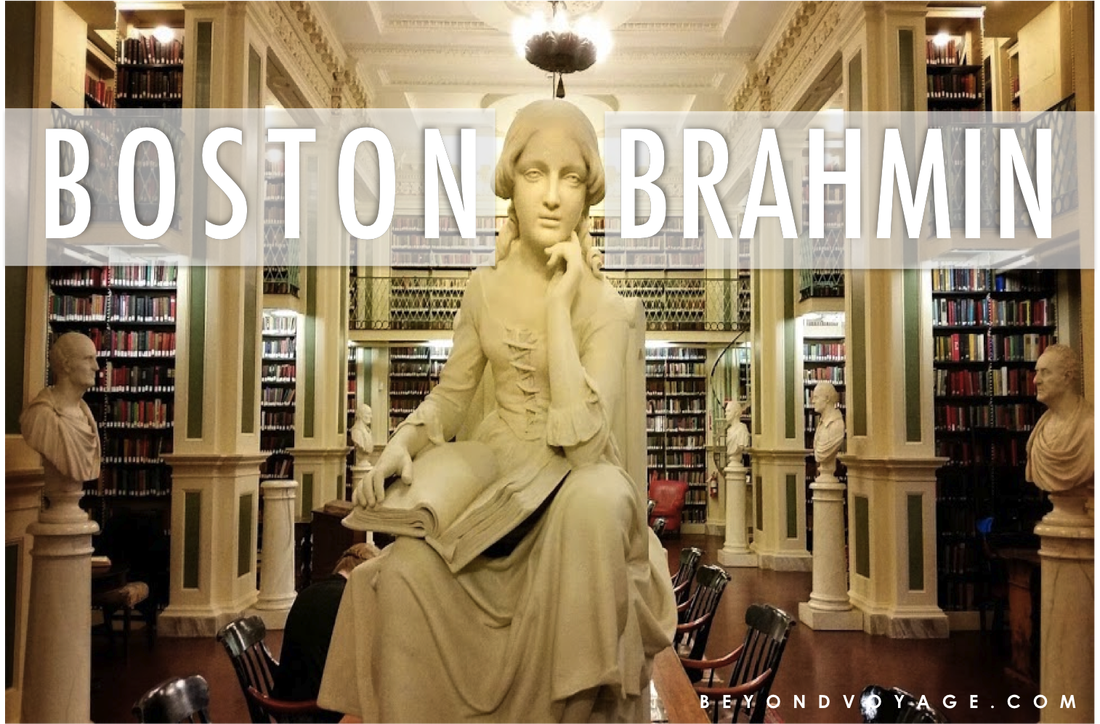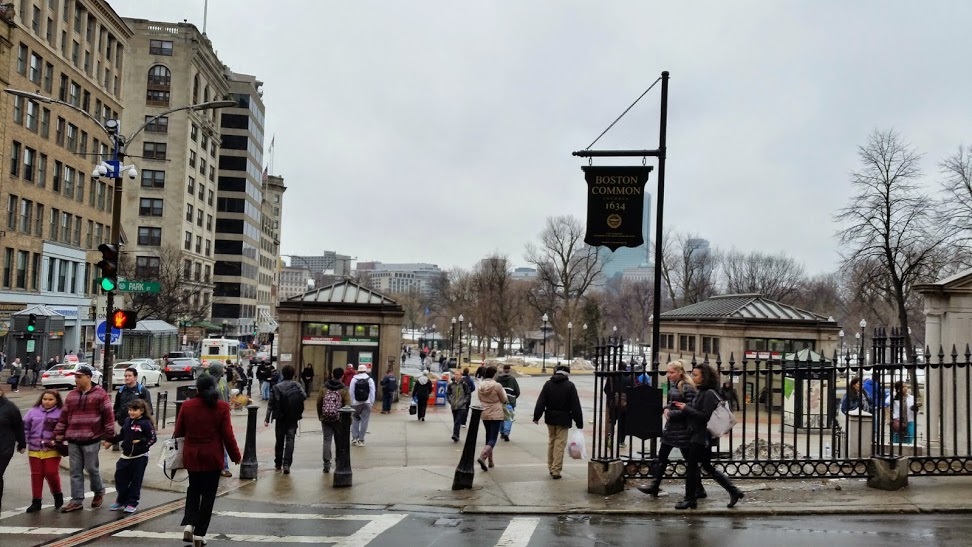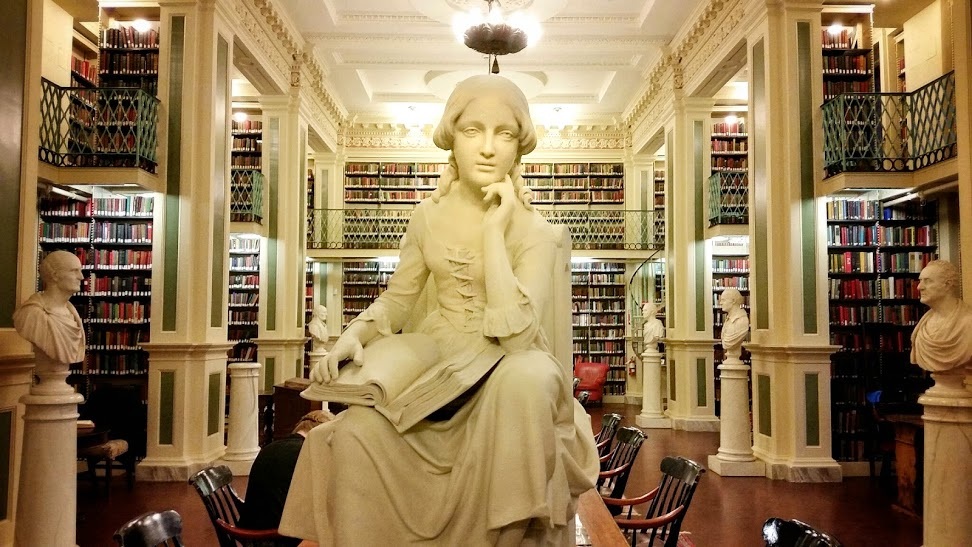I attended Context Travel's "Brahmins of Boston", a three-hour walking tour. Despite the ghastly weather - torrential rain at times - I'm really glad I attended this event. I learned a lot about my city!
Before I describe the tour, I'll answer three questions you may be pondering:
1) What is a Boston Brahmin?
Associated with the upper crust of society, Brahmins were often descendants of early colonists from England. While many considered them elitist, the Brahmins contributed significantly to the development of our country and culture, and were especially influential on the east coast.
2) What is the origin of the name "Brahmin"?
While it sounds like someone with a heavy Boston accent saying barman - it has nothing to do with the famous Boston dropped "r". In the traditional Hindu caste system, Brahmin refers to the highest ranking class. Writer Oliver Wendell Holmes Sr. first referred to these elite New England families as Brahmins in an Atlantic Monthly article from 1860, and the name stuck.
3) Who are the most famous Brahmins?
You'd recognize many of these names from US history, especially if you've spent time in New England. Many of the the street names, cities and notable landmarks in New England are named after a Brahmin family. Examples include Adams, Forbes, Cabot, Jackson, Lowell, Quincy, and Winthrop.
Here are a few fun tidbits I learned on the tour:
Ben Franklin was possibly expelled from grade school. He attended the prestigious Boston Latin School (USA's first public school) for just two years. Many experts claim he left because his father could no longer afford to send him to school. However, Jessica offered another theory - Ben was outspoken and questioned the school's viewpoint on God, and was thus expelled. Regardless of the reason, Ben never completed his education here. Despite this fact, there is a large statue of Ben Franklin in front of Boston Latin School today.
- Blue Line: This train travels underwater and to the beach.
- Orange Line: Runs along Washington Street which was originally called "Orange Street".
- Red Line: Named for the Harvard Crimson because it used to end at the Harvard station.
- Green Line: This line goes out to the green fields of the country - aka Newton.
Many Brahmins belonged to the King's Chapel. When England established a governor in Boston, they built a church that reflected the religion of the King (hence the name). The church, built in 1754, is the first granite structure in Boston and its interior architecture is influenced by European churches of the time - double columns, baroque details, and a wine glass pulpit. The church philosophy and practice became a hybrid of sorts: Congregationalist in governance, Episcopalian in worship and Unitarian Christian in theology.
Toward the end of our tour, Jessica brought us to the Boston Athenaenum, an institution with the mission of preserving rare books and works of art. It was here that we saw George Washington's private library. Even after living in Boston for several years I never knew this beautiful library existed!
[Below] You can see down several levels of the Athenaeum in the stairwell and the stacks.






















 RSS Feed
RSS Feed
